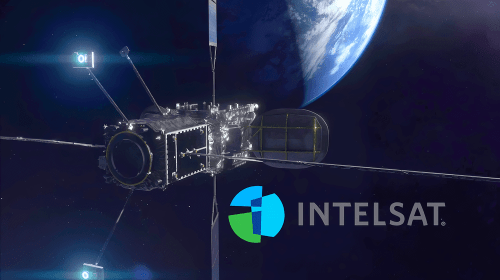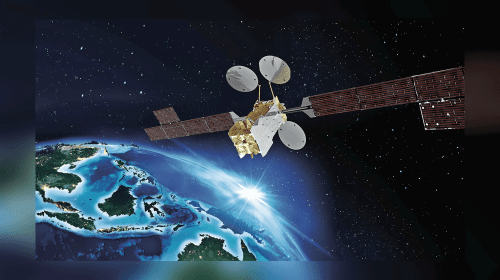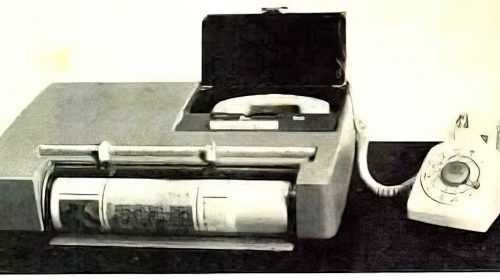Many satellite systems require that you convert a PC into a router in order to share the connection. Others provide a dedicated PC or device that delivers a proxy service to share the connection with multiple users.
Service delivery options
The iDirect solution uses a small hardware box with no moving parts, that includes standard routing features such as Static IP, RIP2, IGMPv2, DHCP, NAT, DNS caching, VLAN tagging, GRE Tunnel Acceleration, etc. It delivers a ‘hot’ 10/100 Ethernet port to connect to your networking gear. The satellite modem, router, TCP acceleration, and QoS engine are all in a single, reliable, integrated package. Most legacy systems require that the service provider procure a large chunk of space segment, typically an entire transponder. This means that they must design their service offering for a mass market, with an eye to servicing and supporting as many subscribers as possible on a network. The iDirect solution supports the ability to economically engineer smaller, customized service offerings to meet specific customer demands. There are generally three types of service offerings available that we shall refer to as Enterprise, Carrier/Premium, and Private Network. Not network operators offer all three service types. Due to the flexibility of the iDirect solution for a network operator to engineer a service offering to specifically address specific markets, there is variance in the offerings from different providers. Business Satellite Solutions will work with you to determine which service offering is best for your requirements.
Enterprise service
With this solution, a service provider will generally configure a service that provides an a la carte’ menu of bandwidth offerings. This is similar to typical business broadband solutions like DSL and Fixed Wireless that are shared by multiple companies at reasonably conservative sharing or subscription ratios. Typical generic service offerings range from 128 Kbps x 64 Kbps up to 4 Mbps x 512 Kbps. This is a good solution for the enterprise with just a few remote sites. Bandwidth levels can be upgraded on a per site basis as requirements increase.
Carrier or premium services
These services are generally intended to be used for Internet Cafe’s, ISP backhaul service or very high volume business use. They are also appropriate for solutions that have a high volume of concurrent VoIP or Video/IP transmissions. Generally some percentage of the service offering has a built in CIR to ensure sufficient dedicated bandwidth to meet the saturated data throughput requirements for these heavy use’ applications. Additional CIR may be available for additional cost to meet the specific requirements of the situation.
Private network service
An enterprise that has many remote sites may opt to procure a private network service in which bandwidth is shared only by that company’s remote sites. The service can be customized and designed with sharing ratios to meet specific business requirements. A business may opt to increase the sharing or subscription ratio in order to reduce the cost per site. They may opt to select bandwidth rates that are higher than a generic service offering and install the appropriate dish and transmission equipment to support the higher rates. The iDirect solution supports up to a maximum of 9Mbps x 4 Mbps. Companies with many sites across multiple time zones may distribute them across multiple carriers in order to split the traffic load by time of day. Business Satellite Solutions uses an iDirect-provided segment analysis tool to help determine the correct sharing, CIR and other parameters to meet the specific business requirement.
Transportable solutions
In addition to fixed installations, the iDirect solution is excellent for mobile or transportable satellite solutions that can be assembled and commissioned in a matter of hours, then packed up and moved to a new site as needed. With this solution, a company might arrive on site, set up and point the dish (using a GPS to enter the location coordinates for the dish) and bring the system online quickly. With a couple of VoIP phones and a small switch or hub, a remote site can have extensions off the corporate PBX, and be connected to the Internet and/or headquarters in no time.





